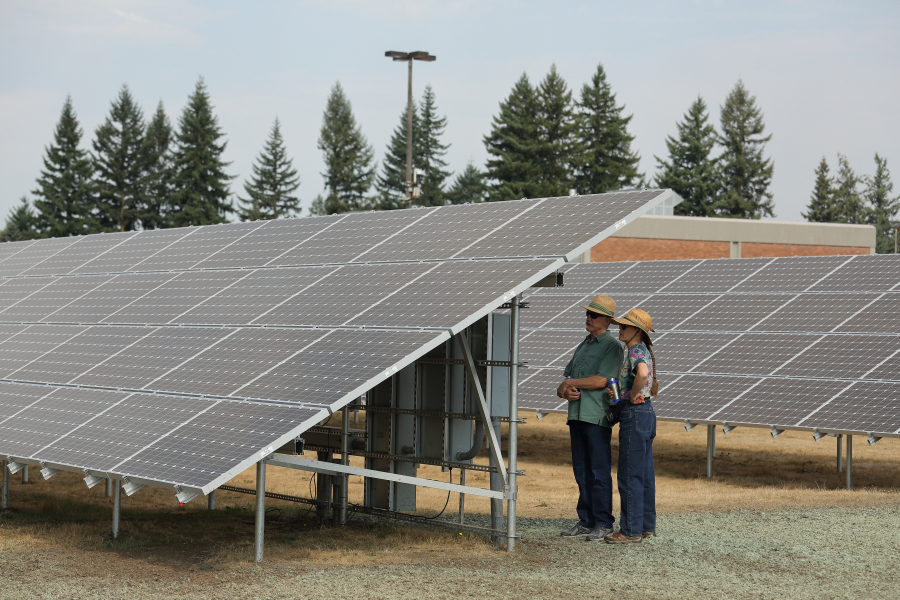The Port of Camas-Washougal is going solar in a big way.
Port and Clark Public Utilities (CPU) commissioners have approved an agreement to install a 799-kilowatt solar system at five of the buildings at the Port’s industrial park.
“We’re very excited for this collaboration with the Port,” CPU media specialist Dameon Pasanti said. “Our first community solar array is extremely popular with program participants. We’re looking forward to presenting another community owned renewable energy facility to our customers.”
David Ripp, the Port’s chief executive officer, said the solar project fits with the Port’s goal of reducing its overall carbon footprint.
“This partnership will not only benefit all of Clark County and our Port district, but more importantly, the environment,” Ripp said during a CPU commission meeting on Tuesday, Jan. 17. “It shows everyone we want to reduce greenhouse emissions, diversify our energy sources and have our constituents participate.”
The CPU launched five community solar projects at its operating center in Orchards in 2015, and is planning to implement a similar plan in Washougal, according to Matt Babbitts, a program manager for the utility’s energy resources department.


